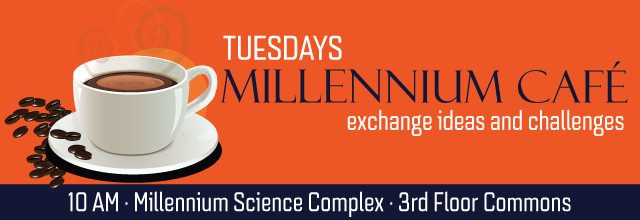
Every object at a finite temperature emits thermal radiation, ranging from sunlight, incandescent lighting, to blackbody radiation from human bodies which can be detected in thermal cameras. Nanostructured materials allow new kinds of light-matter interaction, allowing for tailoring various properties of thermal radiation. Controlling thermal radiation holds the key to new energy applications. This talk will briefly introduce our group’s passion on tailoring thermal radiation for energy applications, ranging from heat-to-electricity conversion across a nanoscale gap, utilization of the coldness of the outer space for passive cooling, to active refrigeration using light, enabled by nanocalorimetry, nano devices, and photonic design.
